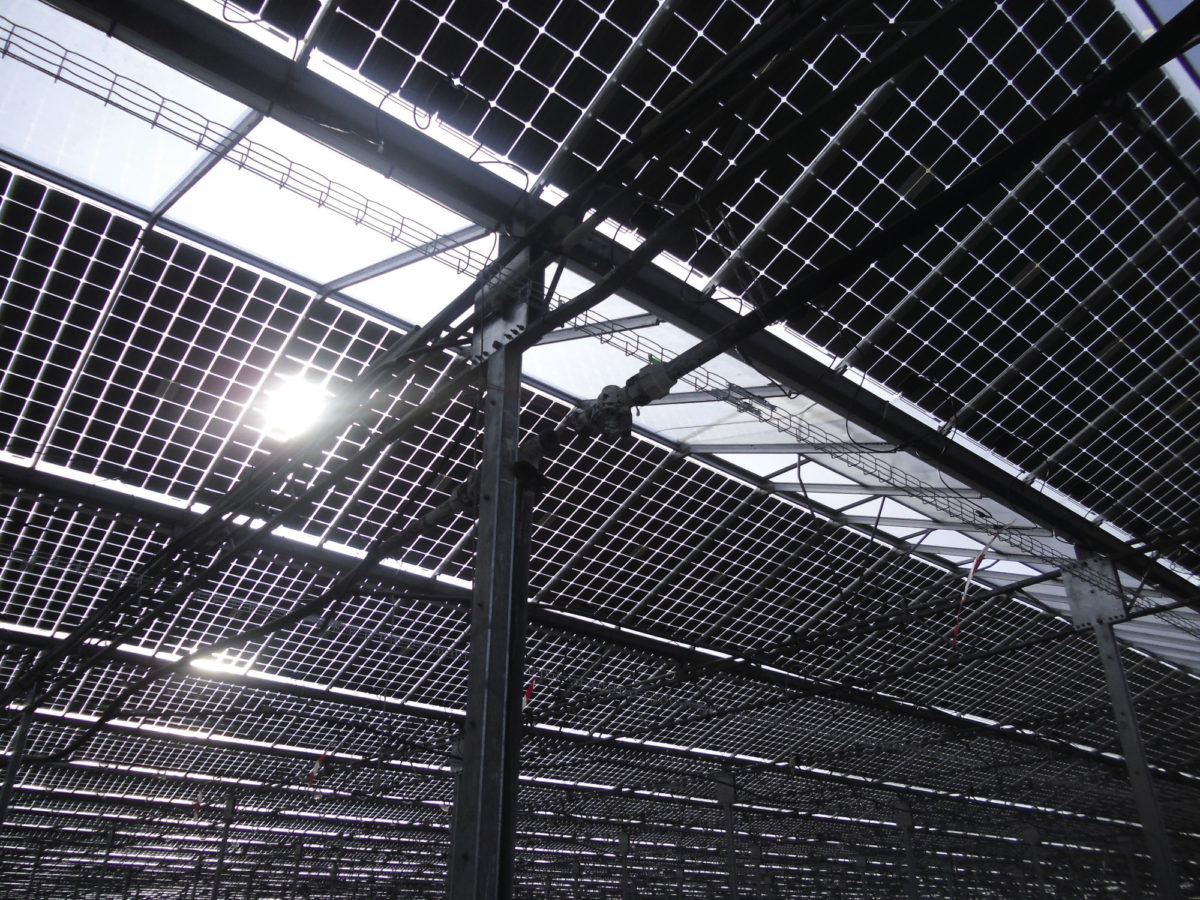From pv magazine Global
Researchers from the Sunlab laboratory at the University of Ottawa have devised a new way to measure the energy yield of bifacial PV systems. The innovation is intended to complement the International Electrotechnical Commission (IEC) measuring standard introduced in 2019.
The new scaled rear irradiance (SRI) method purportedly improves IEC measurements by accommodating the effects of different ground covers’ spectral albedo in its calculation of the bifacial system’s rear-side irradiance.
To prove the concept, the scientists modeled the performance of a bifacial silicon heterojunction (HJT) solar module under the IEC bifacial illumination technique and the SRI method. They mounted the system on a horizontal single-axis tracker 1.22 meters from the ground in Boulder, Colorado, United States. The ground covers considered were soil, red brick, green grass, roof shingle, concrete, sand, dry grass, and snow.
Results show that for a rear irradiance of 200 W/square meters, the IEC measurement does not distinguish between the different ground covers, overestimating bifacial gain by between 14% and 1.4% for all ground covers except snow. The SRI method, on the other hand, shows a clear differentiation between the range of operating conditions.
“Implementation of this method into international standards for such panels can enable predictions of outdoor bifacial panel performance to within 2% absolute,” said researcher Erin Tonita.
The new method can also predict energy yield gains in locations other than Boulder with an error of less than 7%, according to the academics.
The innovation could be used to compare different bifacial technologies and enhance system performance via ground cover-specific design optimization, the authors said. They shared their findings in “A general illumination method to predict bifacial photovoltaic system performance,” which was recently published in Joule.
This content is protected by copyright and may not be reused. If you want to cooperate with us and would like to reuse some of our content, please contact: editors@pv-magazine.com.








By submitting this form you agree to pv magazine using your data for the purposes of publishing your comment.
Your personal data will only be disclosed or otherwise transmitted to third parties for the purposes of spam filtering or if this is necessary for technical maintenance of the website. Any other transfer to third parties will not take place unless this is justified on the basis of applicable data protection regulations or if pv magazine is legally obliged to do so.
You may revoke this consent at any time with effect for the future, in which case your personal data will be deleted immediately. Otherwise, your data will be deleted if pv magazine has processed your request or the purpose of data storage is fulfilled.
Further information on data privacy can be found in our Data Protection Policy.